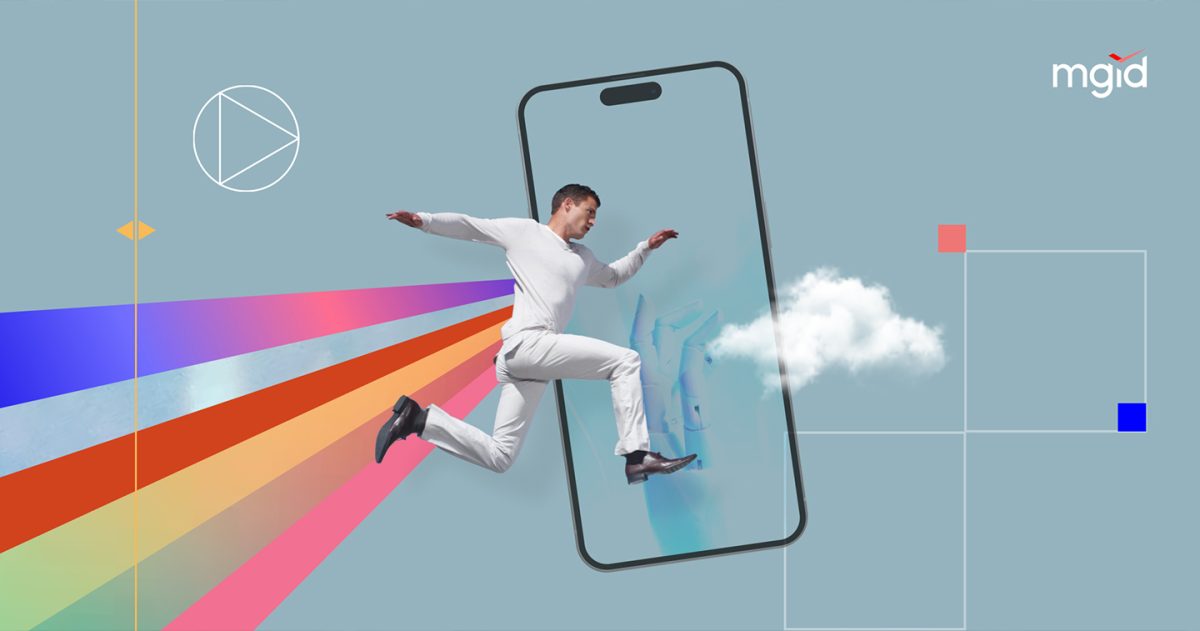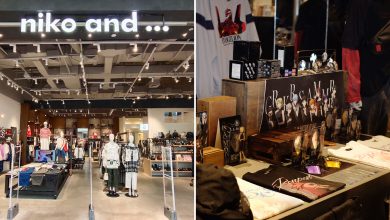LOS ANGELES, USA — Digital marketers must contend with a multitude of challenges in 2023. From increased scrutiny over budgets to tough competition in a saturated media space, finding the right advertising strategy that leaves a lasting impression on consumers, reduces wasted spend, and boosts ROI is no easy feat.
At the same time, it’s becoming increasingly clear that viewability does not guarantee impact. Instead, user attention is far more effective at delivering results. More importantly, it’s earned, rather than forced, attention that drives the biggest brand impact; but this requires quality creative.
Enter rich media formats: interactive ads that enhance user engagement through video, sound, and imagery. Instead of standard, static images and normal text, rich media uses HTML5 to build a variety of ad experiences that grow the advertising toolset, from expanding and floating ads to ads that rotate or move as users scroll.
Tapping into interactive mobile
The way consumers engage with their devices is changing. At nearly 70%, mobile market share exceeds desktop by more than double, a market that has propelled Asia Pacific to become one of the world leaders in ad spend, making up 60.7% (US$151.7 billion) of overall APAC spend. Indeed, APAC’s total ad spend is estimated to reach US$259.7 billion in 2023, only second to the Americas.
As we witness a global seismic shift towards video, it’s also clear that general consumption patterns and media preferences have evolved too. APAC’s total online video industry revenue is predicted to grow 16% year-on-year from 2022 onwards — by 2027, it should reach US$73 billion.
If advertisers want to maximize consumer connection and brand awareness, they need to tap into these developments where rich media formats excel.
Avoiding banner blindness
Advertising and the internet go hand-in-hand — rarely do you see one without the other. But poor user experience and ad saturation can lead consumers to routinely avoid ads, either by ignoring them or using an ad blocker. Nearly half (42.7%) of internet users across the world use an ad block extension, with penetration rates peaking in Indonesia (56.8%) and India (50.7%).
By leveraging dynamic, moving imagery, audio, infographics, and animation alongside traditional elements such as text and images, brands and advertisers can broaden their reach and increase their chance of getting noticed the right way.
This variety presents users with a range of non-intrusive ways to engage with, research, and understand a product or service. The interactive element encourages user engagement — and when paired with MGID’s high-quality native placements, intelligent contextual targeting, and brand safety controls, ensure value without interrupting user experience, or infringing on privacy as they are targeted based on page content rather than browsing data.
Making the most of data-driven insights
Understanding user behavior is critical in this context, and even a rich media ad format can be irritating to the user if it isn’t implemented well.
Fortunately, a rich media strategy can help contribute to the solution as more paths to engagement and interaction leads to more data, meaning a better understanding can be formed on how an audience interacts with ads. This might include how long a video was viewed for or audio listened to, which parts were replayed, and which images created the most impact — therefore gathering more insights to optimize creative and refine campaign strategies to user preferences in real-time.
MGID’s artificial intelligence (AI) technology also recognizes behavioral patterns across multiple platforms, providing a general overview of customer activity which helps brands and advertisers to optimize campaigns and enhance return on investment (ROI).
Improving performance by aligning ad format and environment
Good creative arrests attention and keeps users on the page, but it requires time, effort, and resources, especially when working with dynamic multimedia formats.
Considering rich media ads routinely outperform standard banner ads, by as much as 267% in one case, these resources are well spent. Another case study measured 34% lower bounce rates, and according to our own campaign results, rich media ads have ten times higher clickthrough rates (CTR). MGID also offers a team of designers and copywriters to build bespoke rich media ads that suit each individual brand’s or agency’s specific needs.
Whether using interactive banner ads (which include slide and scroll options), expanding ads (activated by an action, such as a click), pushdown, multidirectional, floating, interstitial, or even 360-degree panoramic ads, rich media affords both brands and users choice and flexibility. Users can swipe or drag to reveal new features, flip between alternative design and message, or rotate carousels to peruse a range of products — the world of rich media is truly the advertiser’s oyster.
The impact of these kinds of ads is further augmented through MGID’s high-quality native placements, intelligent contextual targeting, and brand safety. Ads don’t interrupt user experience or infringe on privacy as they are targeted based on page content rather than browsing data.
Enriching the user experience
Brands and agencies need to adapt and align their advertising strategies to consumer habits in 2023. While the goalposts are constantly moving, current trends point clearly to a future that is not only more visual, but generally speaks to all the senses, including touch and sound.
Successful ads are those that engage and delight, and speak to consumers the way they like to be spoken to. Rich media formats meet all of these demands and, when paired with MGID’s quality ad environments and AI technology, offer optimal results.








